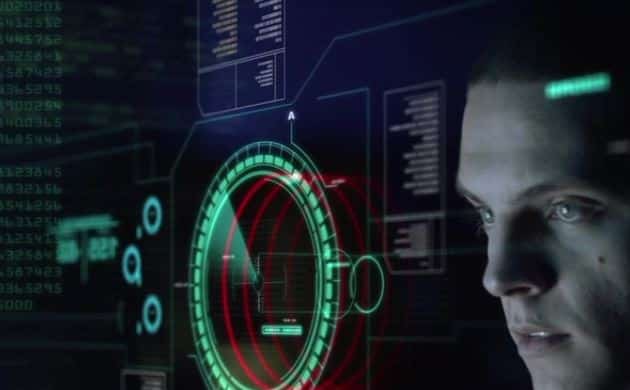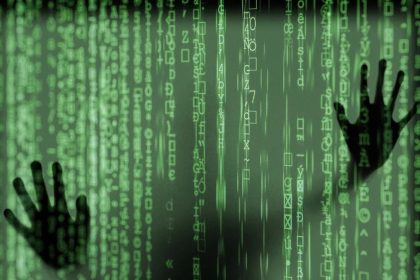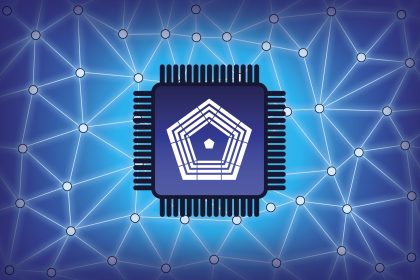Military Officials Say They Need More Personnel for Cyber Threats

WASHINGTON — If there was a single lesson to be learned from military leaders at a Senate hearing Tuesday, it was that the world has become a very dangerous place in recent years.
Russia’s attack on Ukraine threatens to spill beyond their borders, China is showing aggression toward U.S. ally Taiwan, North Korea threatens nuclear war with its southern neighbor and Iran remains a menace for terrorism.
“We face more dangerous and complex threats than anytime during my life,” said Sen. James Inhofe, R-Okla., during a Senate Armed Services Committee hearing.
Unlike earlier stages in the 87-year-old senator’s life, many of the threats are directed at computer systems.
Military personnel sometimes confront cyberattacks as part of “irregular warfare,” which refers to struggles between nations to gain influence over specific populations.
“Our adversaries are expanding their use of irregular warfare,” Inhofe said.
The Senate Armed Services Committee was checking with military officials to ensure the budget being prepared for the upcoming fiscal year is adequate to protect against cyberattacks and other high-level offensive technology.
The budget emphasizes recruiting and retention of Defense Department employees and contractors trained in science, technology, engineering and mathematics.
Much of the responsibility for protecting the United States against malicious technology and cyberattacks falls to the U.S. Cyber Command and the National Security Agency. They are overseen by Army Gen. Paul M. Nakasone.
“As good as our technology is, it always comes back to people,” Nakasone told the senators.
U.S. Cyber Command recruits through an Academic Engagement network that started last year in a partnership with 93 institutions in 40 states. Other cyber workers are drawn from existing armed forces personnel who have computer experience.
Nakasone described cyber threats facing the United States as a growing problem.
They shot upward in February when Russia launched its attack against Ukraine, prompting the U.S. military to help the Ukrainians but also heightening the risk of retaliation, he said.
“Russia’s military and intelligence forces are employing a range of cyber capabilities to include espionage, influence and attack units to support its invasion and to defend Russian actions with a worldwide propaganda campaign,” Nakasone said.
A longer-term threat comes from China, which Nakasone called “our pacing challenge.”
Last year, China increased its military budget by 7.1%, which adds to 20 years of military expansion.
“China is a challenge unlike any other we have faced,” he said.
Part of U.S. defense depends on artificial intelligence that can collect and comb through mountains of data to find suspicious activity, said Army Gen. Richard D. Clarke, who oversees the U.S. Special Operations Command. It also can coordinate systems, such as satellites.
The people who conduct the missions guided by Clarke are known as special operations forces warriors. They are supposed to monitor potential conflicts and prevent them from spiraling out of control.
“Strategic rivals continue to seek advantage through activities in the ‘gray zone’ below the threshold of a credible military response,” Clarke said in his testimony.
No senators on the committee expressed doubt about the threats listed by the military officials, only concern about preparedness.
“Obviously we are trying to prepare ourselves to defend against Russian cyberattacks,” said Sen. Kirsten Gillibrand, D-N.Y.
Sen. Joe Manchin, D-W.Va., said, “Cyberspace and nuclear missions have to be interconnected.”
Tom can be reached at [email protected]























